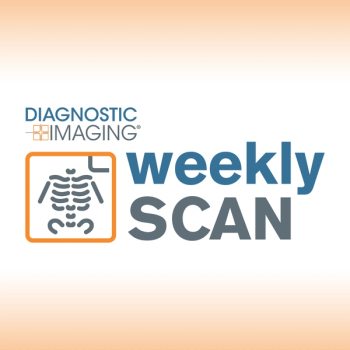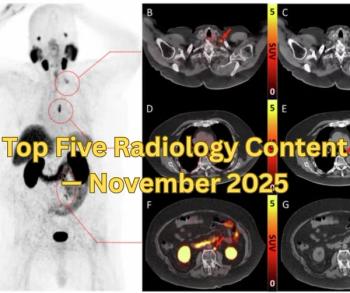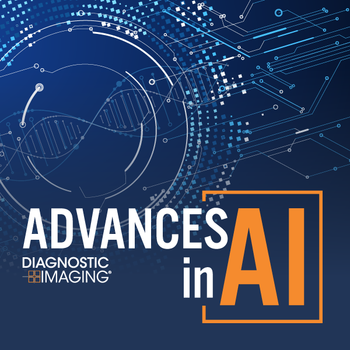
Imaging Finds Link Between Brain, Heart Disease
CHICAGO-MRI suggests that subclinical cardiac dysfunction could be indicative of early brain disease.
Subclinical cardiac dysfunction is associated with global and microstructural imaging markers of subclinical brain disease, according to a study presented at the annual meeting of the Radiological Society of North America (RSNA).
Researchers from the Netherlands performed a prospective population-based study to investigate the cardiac/brain connection. The study included 2,432 participants with a mean age of 56.6; 57.4% were women. Participants with overt heart disease, dementia, and brain infarcts were excluded from the analysis.
"Heart and brain diseases are big problems in aging individuals and are expected to grow even more," coauthor Hazel Zonneveld, MD, MSc, Department of Epidemiology and Radiology at Erasmus University Medical Center in Rotterdam, said in a release. "We know that myocardial infarction, heart failure and atrial fibrillation are associated with an increased risk of stroke and dementia. Our study investigates whether the heart-brain link is present at an earlier stage of disease."
All participants underwent brain diffusion tensor imaging (DTI) for imaging markers for global brain structure, focal abnormalities, and microstructural white matter integrity. They also underwent blood testing for N-terminal pro b-type natriuretic peptide (NT-proBNP), which is released in response to myocardial wall stress.
The results showed that participants with higher NT-proBNP levels had worse microstructural organization within the white matter. A statistical analysis revealed that higher NT-proBNP levels were also associated with smaller total brain volume and larger white matter lesion volume. "The brain volume loss was predominantly in the gray matter," Zonneveld said in the release.
"This implies that the heart and brain are intimately linked, even in presumably healthy individuals, and informs us importantly about development of disease as we age," she concluded.[[{"type":"media","view_mode":"media_crop","fid":"43730","attributes":{"alt":"","class":"media-image","id":"media_crop_2405329453125","media_crop_h":"0","media_crop_image_style":"-1","media_crop_instance":"4823","media_crop_rotate":"0","media_crop_scale_h":"0","media_crop_scale_w":"0","media_crop_w":"0","media_crop_x":"0","media_crop_y":"0","title":"Structural and microstructural brain changes on MRI. ©RSNA 2015.","typeof":"foaf:Image"}}]]
Newsletter
Stay at the forefront of radiology with the Diagnostic Imaging newsletter, delivering the latest news, clinical insights, and imaging advancements for today’s radiologists.


























